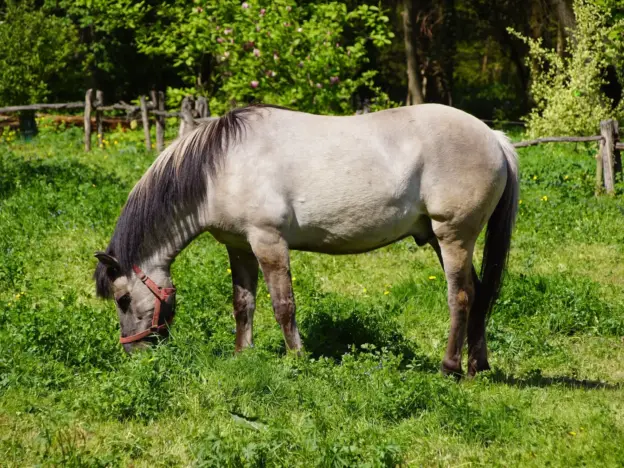Intro
The Priobskaya, Priob or Ob Pony is a small draft breed that is part of the North Russian Pony group they are bred in the Khanty-Mansi district of western Siberia near the Ob and Irtysh rivers.
Read more
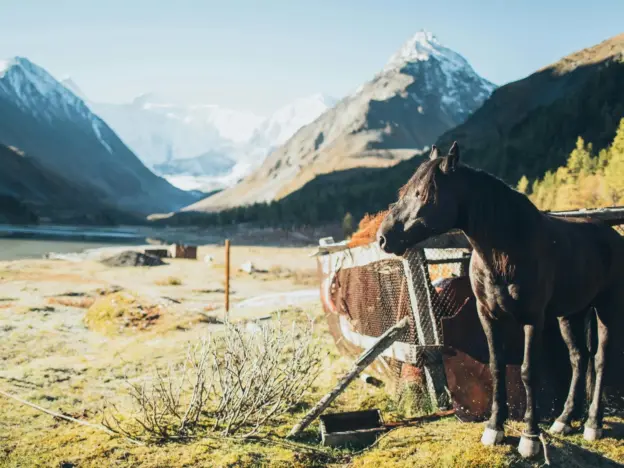
The Priobskaya, Priob or Ob Pony is a small draft breed that is part of the North Russian Pony group they are bred in the Khanty-Mansi district of western Siberia near the Ob and Irtysh rivers.
Read more
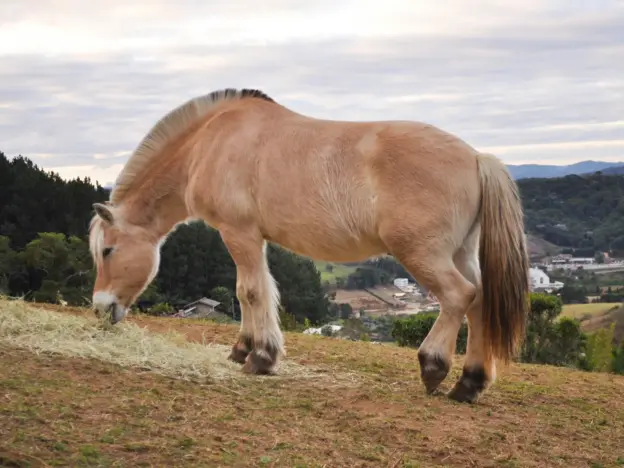
Also called Fjord Horse, Norwegian Dun, Norwegian Pony, West Norway, West Norwegian, Westland, Northern Dun and Fjordhest, the Norwegian Fjord is an ancient breed and one that retains many of it’s original characteristics.
Read more
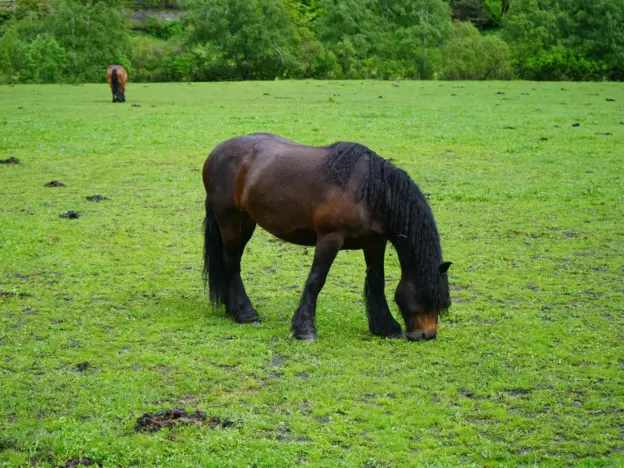
The Nordsvensk Brukshäst or North Swedish Horse is a relatively new breed officially, it’s bloodlines only being just over 100 years old. They come from similar genetics as Dole horses both of them descendants of the ancient Scandinavian horse.
Read more
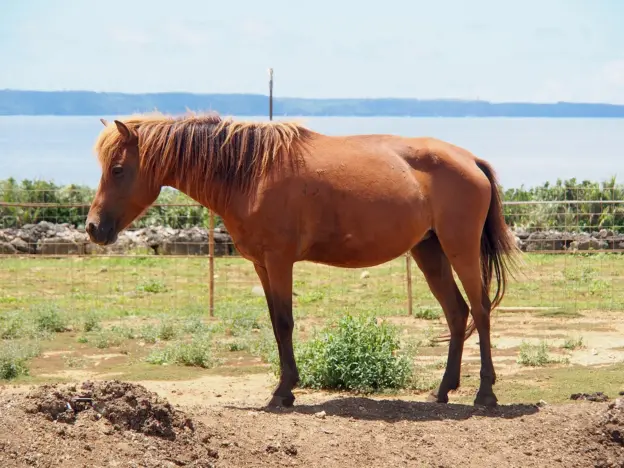
The Miyaoko Pony comes from Miyaoko Island in Okinawa Prefecture in Japan, an area that has been known for their horseflesh for centuries. Small ponies have roamed the island for years bearing a striking resemblance to their Mongolian ancestors.
Read more
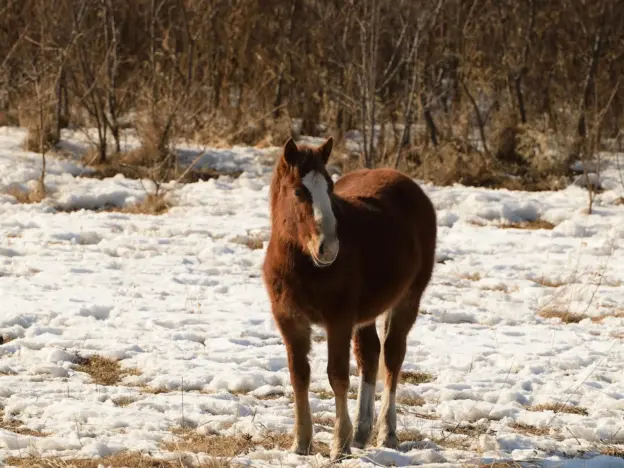
The Minusin breed is similar to many of the steppe breeds, having been shaped by life on the steppes. However these animals tend to be more robust and imposing in stature. According to the DAD-IS this breed is extinct as of 2006.
Read more
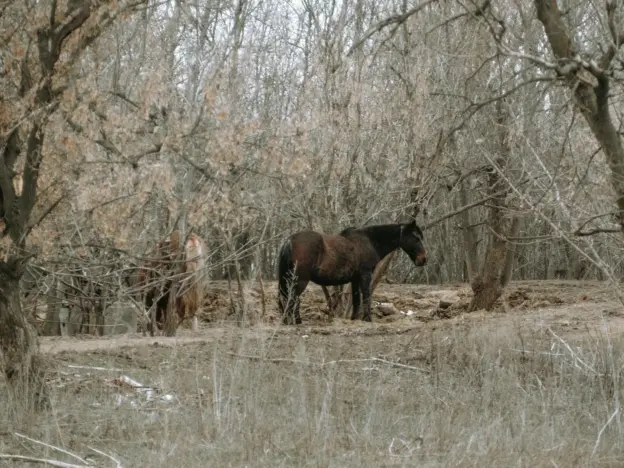
The Megezh is the largest type found within the Yakut breed and they are bred in the southwestern part of Yakutia in the Leninsk region.
Read more
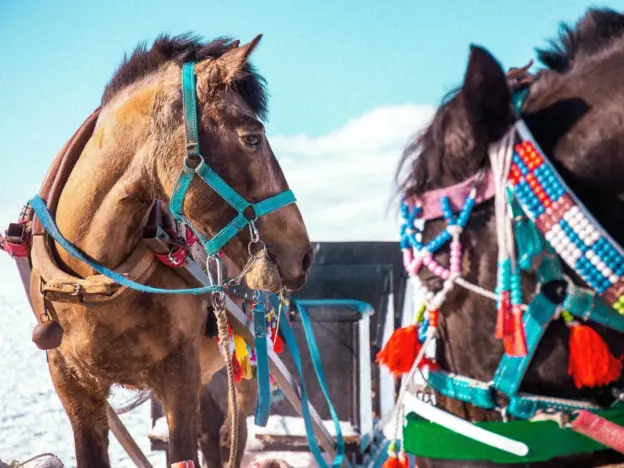
Also called the Ardahan, the Malakin is the only heavy breed of horse native to Turkey.
Read more
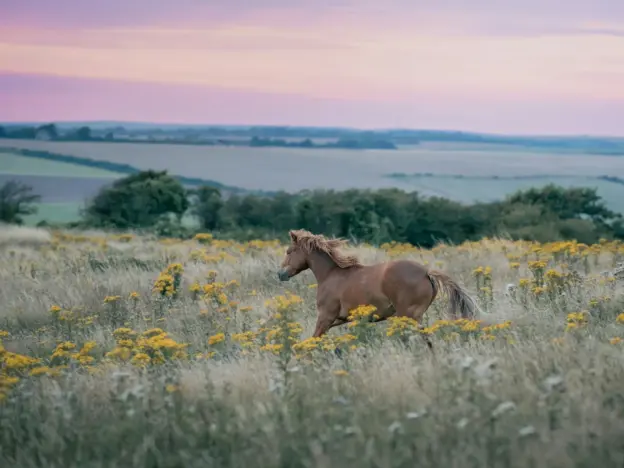
The Lundy Pony is named for the isle of Lundy in the Bristol Channel of England. There are no horses native to the cluster of islands there, so this breed was developed by the last private owner of Lundy Island.
Read more
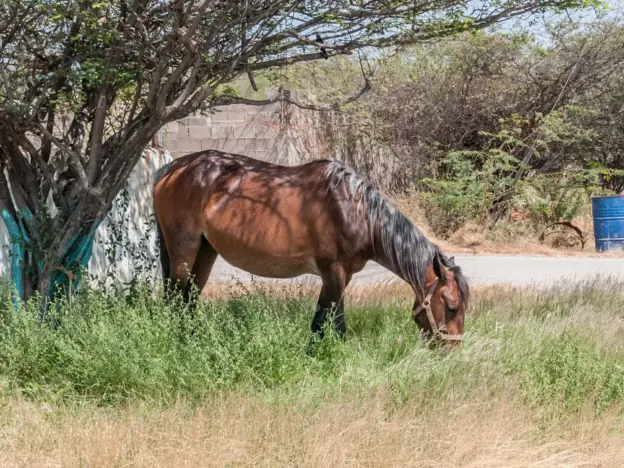
Also called Venezuelan Criollo and Prairie Horse, the Llanero comes from the animals brought to Buenos Aires by the Spanish (specifically Don Pedro de Mendoza) in 1535.
Read more
